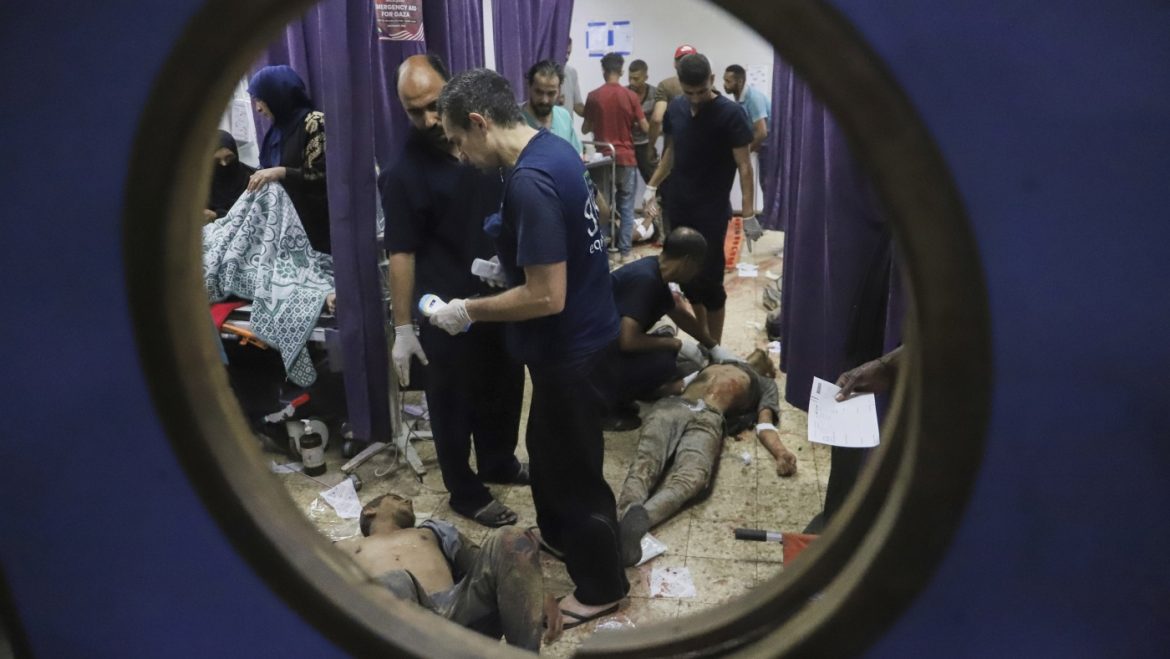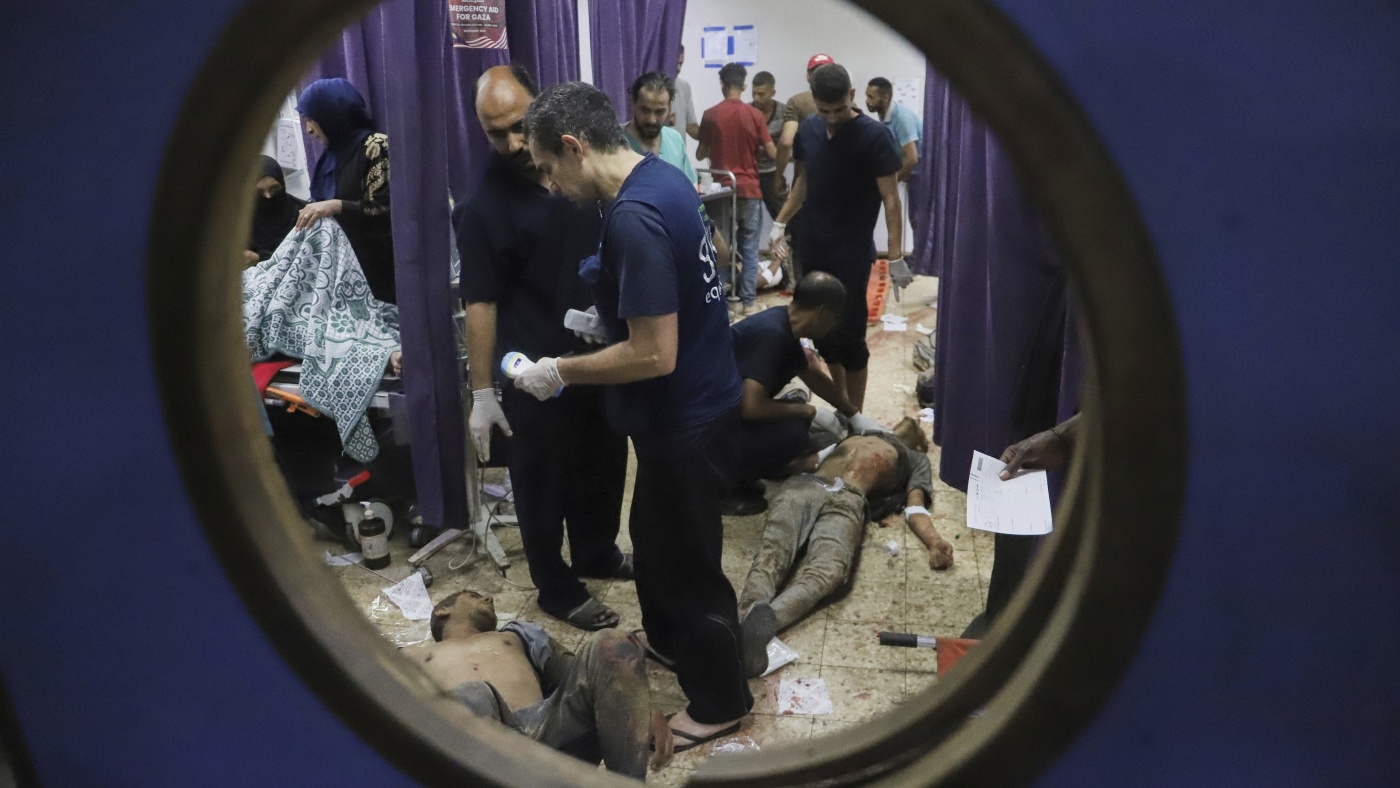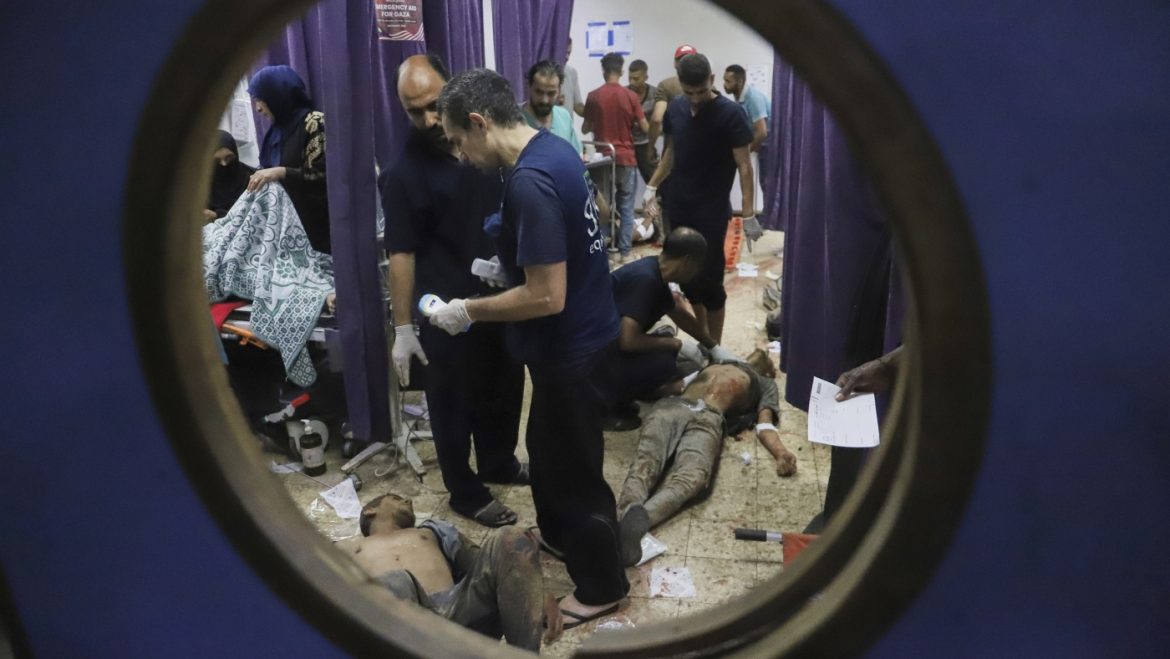The Humanitarian Crisis in Gaza: A Desperate Struggle for Survival
A Scene of Unimaginable Horror
The images emerging from Gaza are seared into the collective consciousness of the world. Dozens of bodies strewn across the ground, the wounded writhing in agony, the air thick with the acrid smell of gunfire and the dust of destruction. This was the scene near aid distribution hubs in southern Gaza, where at least 32 Palestinians were killed and many more injured as they sought desperately needed food. The incident, which occurred on a seemingly ordinary Saturday, has sparked international outrage and further intensified the already dire humanitarian crisis in the region. The circumstances surrounding the shootings are contested, but the undeniable truth is that the event underscores the catastrophic conditions faced by civilians in Gaza.
The Dire Humanitarian Context: A Looming Famine
To fully grasp the gravity of this tragedy, one must understand the context in which it occurred. The Gaza Strip has been grappling with a severe humanitarian crisis for years, exacerbated by conflict and restrictions on the movement of goods and people. Recent escalations in violence have brought the situation to a breaking point, with widespread food shortages, limited access to clean water, and a crumbling healthcare system. International organizations have warned of an impending famine, painting a grim picture of widespread starvation and death.
The desperation for food has become increasingly palpable. Reports describe families scavenging for scraps, people waiting for hours in long lines for meager rations, and a general sense of hopelessness permeating the population. The aid distribution centers, meant to be a lifeline for the starving, have become flashpoints of tension and, tragically, death.
Conflicting Accounts: What Happened at the Aid Hubs?
The precise details of what transpired at the aid distribution hubs remain disputed. Witnesses and Gaza health officials assert that Israeli troops opened fire on the crowds of Palestinians who had gathered to receive food. Some accounts describe a chaotic scene with people pushing and shoving, driven by hunger and desperation. Others claim that the Israeli forces fired indiscriminately into the crowd, resulting in the high number of casualties.
The Israeli military, however, denies targeting civilians. Initial statements suggested that their forces did not fire at civilians near or within the aid site. Some reports indicate the military is investigating the incident. Contradictory narratives and the lack of independent on-the-ground investigations make it challenging to establish definitively what occurred. Regardless, the loss of life is undeniable, and the event demands a thorough and impartial inquiry to determine accountability.
The Gaza Humanitarian Foundation: A Controversial Player
The aid distribution hubs where the shootings took place were operated by the Gaza Humanitarian Foundation (GHF), a U.S.- and Israeli-backed organization that launched operations in May. The GHF’s presence in Gaza is controversial, with some viewing it as a well-intentioned effort to alleviate suffering, while others see it as a tool to advance political agendas.
The GHF employs private armed guards to maintain order at its distribution sites. This week, prior to the event on Saturday, there were reports of at least 20 deaths at one of the GHF locations, mostly from a stampede. The GHF blamed Hamas agitators for causing a panic, however, it provided no clear evidence to support the claim. It has also denied deadly shootings at its sites. The organization’s role in the aid distribution process and its security protocols are now under intense scrutiny.
The Geopolitical Implications: A Damaged Peace Process
The tragic events at the aid distribution hubs have reverberated far beyond the borders of Gaza, further inflaming tensions in the already volatile region. The incident has sparked outrage among Palestinians, who view it as another example of excessive force and disregard for civilian lives. International human rights organizations have condemned the shootings and called for an immediate investigation.
The incident could have a devastating impact on any potential peace process, further eroding trust between Israelis and Palestinians. The international community faces a daunting task in de-escalating the conflict and finding a path toward a lasting resolution.
Beyond the Headlines: The Human Cost
Beyond the geopolitical implications and the conflicting narratives, it is crucial to remember the human cost of this tragedy. Each of the 32 lives lost represents a family shattered, a future extinguished, and a profound sense of grief and loss. These were not just statistics; they were fathers, mothers, sons, and daughters who were simply trying to feed themselves and their loved ones.
A Call for Accountability, Justice, and Humanity
The killings at the aid distribution hubs in Gaza are a stark reminder of the urgent need for accountability, justice, and humanity. A transparent and impartial investigation must be conducted to determine the circumstances surrounding the shootings and hold those responsible to account. More importantly, the international community must redouble its efforts to address the root causes of the conflict and alleviate the suffering of the Palestinian people. The cycle of violence and despair must be broken, and a path toward a just and lasting peace must be forged.




